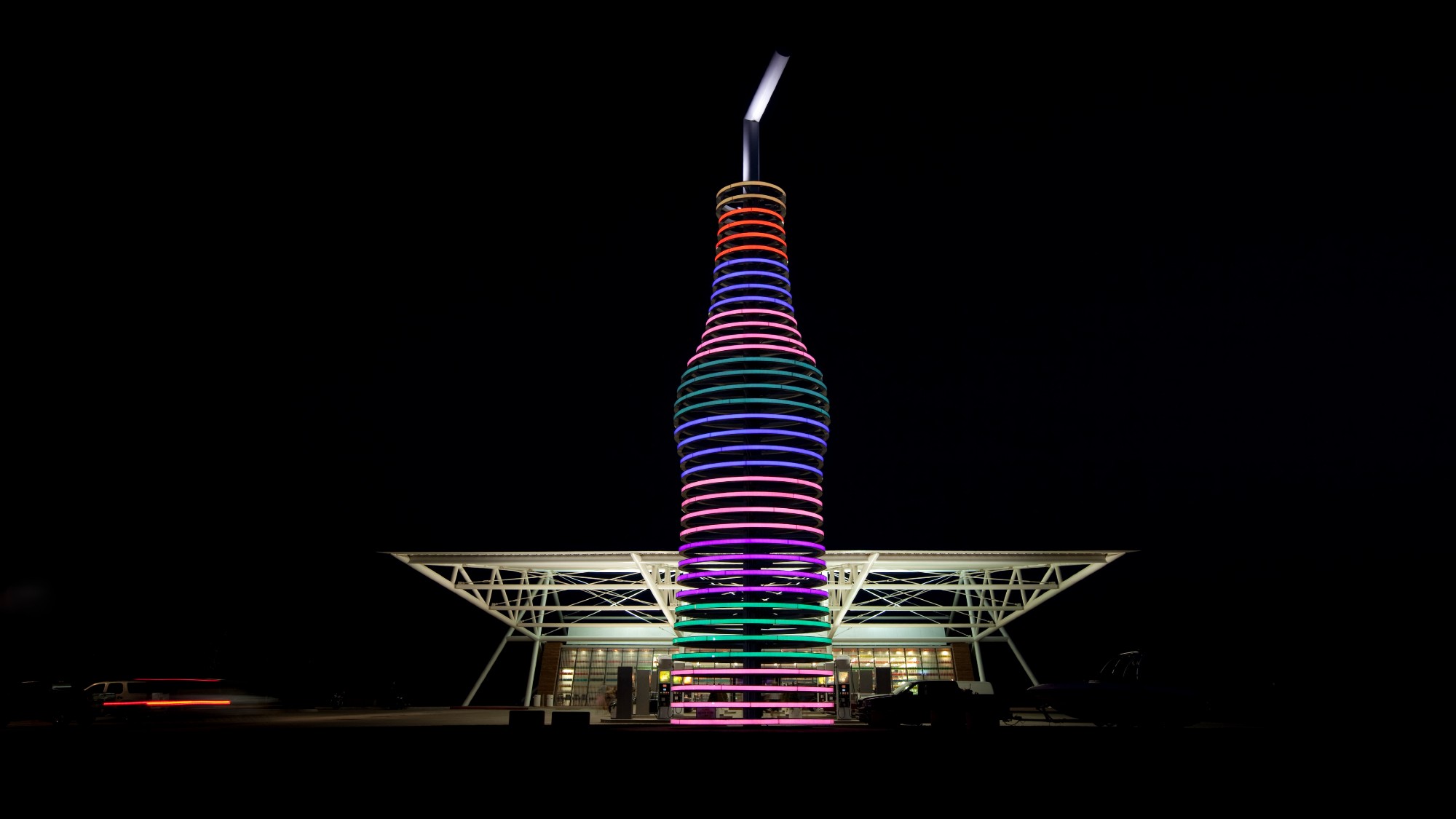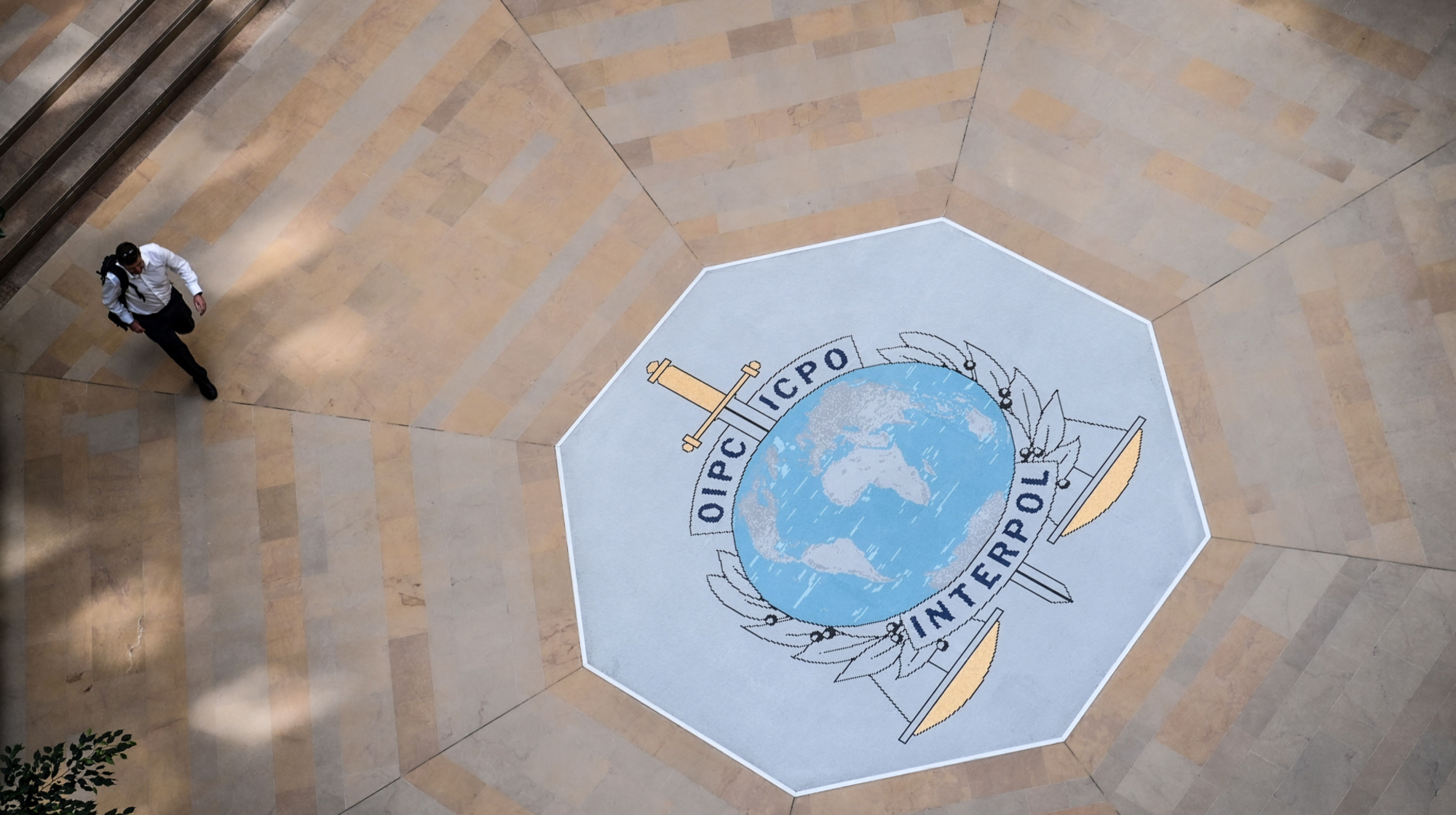Afghanistan, the endless war
The U.S. war in the 'graveyard of empires' has lasted nearly 17 years. Will it ever end?
The U.S. war in the ‘graveyard of empires' has lasted nearly 17 years. Will it ever end? Here's everything you need to know:
What's the country like now?
Afghanistan has changed a great deal since the U.S.-led coalition first invaded in December 2001 to topple a Taliban government that had given safe haven to al Qaeda leader Osama bin Laden. The population of Kabul has shot up from 1.5 million then to almost 6 million now, and that's bad news for the Taliban, because cosmopolitan urbanites are much less likely than rural peasants to submit to the Taliban's harsh form of Sunni Islam. Women, ruthlessly oppressed under the Taliban, are now freer, at least in Kabul. Still, the war is everywhere, and the Taliban are on the offensive. The government controls the cities and about 60 percent of the country overall. The rest is either contested or under Taliban control — which means the Taliban now rule more territory than they have at any time since 2001. And the Taliban have stepped up attacks this year, possibly in preparation for talks, so they can negotiate from strength. Just last month, the Taliban laid siege to the southeastern city of Ghazni for days, killing hundreds of Afghan soldiers and civilians.
The Week
Escape your echo chamber. Get the facts behind the news, plus analysis from multiple perspectives.

Sign up for The Week's Free Newsletters
From our morning news briefing to a weekly Good News Newsletter, get the best of The Week delivered directly to your inbox.
From our morning news briefing to a weekly Good News Newsletter, get the best of The Week delivered directly to your inbox.
How many U.S. troops are there?
When President Obama took office, there were 30,000 U.S. troops. His surge more than tripled the force, to more than 100,000 at its peak in 2011, in the hope that a decisive blow would bring victory. But the Taliban knew Obama intended to withdraw the troops soon, and waited him out in safe havens in Pakistan. President Trump entered office deeply skeptical of the war, but the military persuaded him to continue supporting the Afghan army. Reluctantly, Trump boosted forces from 8,400 when he took office to nearly 15,000 now, on an open-ended mission, and he eased restrictions on the use of armed drones and airstrikes. "We will fight to win," Trump pledged last year. But 15,000 U.S. troops can't defeat the Taliban; they're fighting merely to keep the Afghan forces from collapsing. Those Afghan forces number about 300,000, at varying levels of training, but there is frequent desertion, and they suffer heavy losses: In 2016, nearly 7,000 soldiers and police were killed — and then the government stopped releasing figures.
What about the Taliban?
The Taliban are believed to number from 20,000 to 40,000 fierce and committed fighters — about the same as a decade ago, even though Afghan forces regularly report killing more than 1,000 a month. And the Taliban are rich, with an annual budget of an estimated $2 billion. They get foreign funding from Pakistani intelligence, Qatar, Saudi sources, and probably Russia; local funding comes from their control of the lucrative international opium and hashish trades, which employ nearly 600,000 Afghans. "If we compare the anti-government forces with Afghan security forces, the Taliban are better equipped, have more resources, and have access to modern weapons," a Logar Province councilman, Abdul Wali, told The New York Times. Faced with the impossibility of military victory, the Pentagon's goal has changed. "We are going to drive this to a negotiated settlement," Defense Secretary James Mattis recently said. Up to now, however, the Taliban have never negotiated in good faith, and have rejected the terms the U.S. has set for peace: They must renounce violence, break ties with al Qaeda, accept the protections of women's rights in the Afghan constitution, and negotiate directly with the Afghan government.
A free daily email with the biggest news stories of the day – and the best features from TheWeek.com
Why can't the U.S. just pull out?
Because the government would surely fall. Afghanistan would once again become a Taliban-ruled medieval society, and al Qaeda and ISIS would have free rein there to plan and carry out attacks on the U.S. The Pentagon remembers all too well that in 2011, when the U.S. pulled out of Iraq, it led to civil war and the rise of ISIS. Most experts in the region believe that negotiating with the Taliban is the only way to end the conflict — but that such negotiations must involve pressure and input from powerful neighbors, including India, China, Russia, Iran, and most of all, Pakistan.
Why is Pakistan so important?
To date, Pakistan has played a double game. The U.S. relies on Pakistani land and airspace to supply its troops, yet the Pakistani military also allows the Afghan Taliban to retreat into its territory. That's why Pakistan's new prime minister, Imran Khan, sworn in two weeks ago, could be a game changer. Khan, an ethnic Pashtun like most Taliban, is a fierce critic of the U.S. occupation of Afghanistan and has long advocated for negotiating with the Pakistani Taliban, earning him the nickname "Taliban Khan." But he has said Pakistan needs a stable Afghanistan, and the U.S. hopes Khan can nudge the Taliban to the table. "Cooperation from Pakistan remains key," said U.S. Central Command chief Gen. Joseph Votel last month. "Now is the time for them to step forward."
An exorbitant cost
Nearly 2,400 U.S. service personnel have been killed in the Afghan war, and more than 20,000 wounded, many severely. The cost in treasure is staggering. Most estimates put it at around $4 trillion so far, but if you add in the future costs of the war veterans and their health care, as well as the interest on the money borrowed to finance the war, the figure approaches $8 trillion. Much of this money was wasted through corruption and mismanagement. John F. Sopko, the special inspector general for Afghanistan reconstruction, told a Senate committee this year that "the United States threw itself into reconstruction with haste and hubris, with untested assumptions and unrealistic expectations, and with piles of cash and tight deadlines for spending it — too much, too fast, with too little oversight." By 2014, $109 billion had been spent on reconstruction alone — more in today's dollars than the entire Marshall Plan that rebuilt Europe — yet Afghanistan still lacks adequate roads, schools, and infrastructure. Opium remains the largest cash crop. The U.S. still spends $45 billion a year on Afghan security and economic aid — more than double Afghanistan's GDP.
-
 Pull over for these one-of-a-kind gas stations
Pull over for these one-of-a-kind gas stationsThe Week Recommends Fill ’er up next to highland cows and a giant soda bottle
-
 Trump tariff uncertainty casts a dark cloud over Black Friday
Trump tariff uncertainty casts a dark cloud over Black FridayIN THE SPOTLIGHT Retailers and shoppers alike are starting to reassess their seasonal prospects as the Trump administration’s efforts to upturn the global economy start hitting close to home
-
 ‘Chess’
‘Chess’feature Imperial Theatre, New York City
-
 Brazil’s Bolsonaro behind bars after appeals run out
Brazil’s Bolsonaro behind bars after appeals run outSpeed Read He will serve 27 years in prison
-
 Americans traveling abroad face renewed criticism in the Trump era
Americans traveling abroad face renewed criticism in the Trump eraThe Explainer Some of Trump’s behavior has Americans being questioned
-
 Nigeria confused by Trump invasion threat
Nigeria confused by Trump invasion threatSpeed Read Trump has claimed the country is persecuting Christians
-
 Sanae Takaichi: Japan’s Iron Lady set to be the country’s first woman prime minister
Sanae Takaichi: Japan’s Iron Lady set to be the country’s first woman prime ministerIn the Spotlight Takaichi is a member of Japan’s conservative, nationalist Liberal Democratic Party
-
 Russia is ‘helping China’ prepare for an invasion of Taiwan
Russia is ‘helping China’ prepare for an invasion of TaiwanIn the Spotlight Russia is reportedly allowing China access to military training
-
 Interpol arrests hundreds in Africa-wide sextortion crackdown
Interpol arrests hundreds in Africa-wide sextortion crackdownIN THE SPOTLIGHT A series of stings disrupts major cybercrime operations as law enforcement estimates millions in losses from schemes designed to prey on lonely users
-
 China is silently expanding its influence in American cities
China is silently expanding its influence in American citiesUnder the Radar New York City and San Francisco, among others, have reportedly been targeted
-
 How China uses 'dark fleets' to circumvent trade sanctions
How China uses 'dark fleets' to circumvent trade sanctionsThe Explainer The fleets are used to smuggle goods like oil and fish